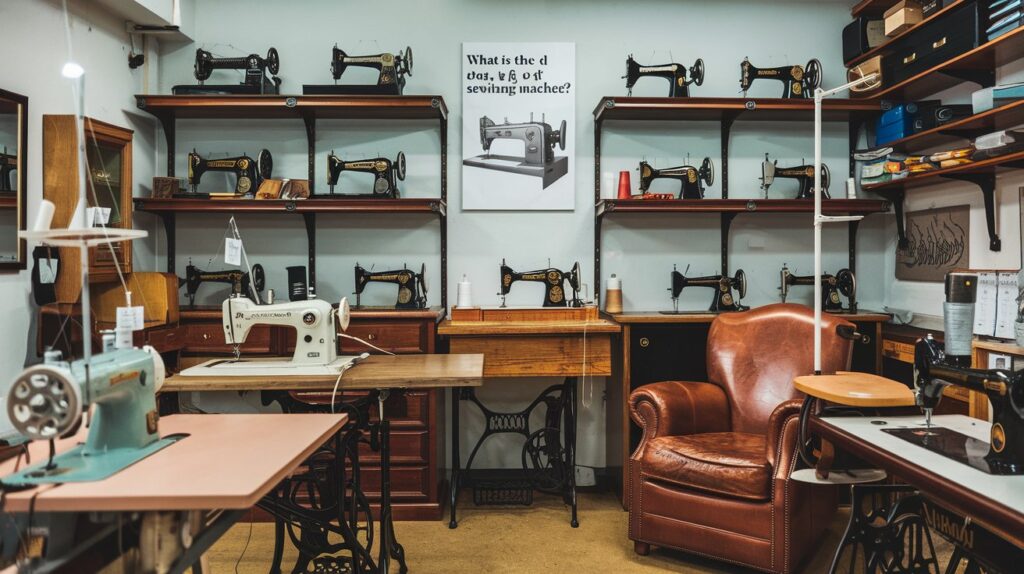Introduction
Have you ever wondered how long your sewing machine will last? The useful life of a sewing machine is a crucial factor to consider, especially if you want to get the most out of your investment. At What is the Useful Life of a Sewing Machine? – Exclusive Sewing Machine Shop 2024. We believe in empowering you with the knowledge to make informed decisions.

In this article, we’ll explore what determines the lifespan of a sewing machine and how you can extend it.
1. Understanding the Useful Life of a Sewing Machine:
The useful life of a What is the Useful Life of a Sewing Machine? – Exclusive Sewing Machine Shop 2024. refers to the period during which it performs efficiently and meets your sewing needs. Unlike some appliances that have a fixed lifespan, the longevity of a sewing machine depends on various factors, including the quality of the machine, frequency of use, and maintenance practices.
2. Types of Sewing Machines and Their Lifespan:
1.1 Mechanical Sewing Machines:
Mechanical sewing machines are known for their simplicity and durability. They have fewer electronic components, which means less can go wrong. On average, a well-maintained mechanical sewing machine can last for 20 to 30 years.
1.2 Electronic Sewing Machines:
Electronic sewing machines offer more features and automation compared to mechanical ones. However, they have more components that can wear out over time. Typically, an electronic sewing machine lasts between 10 to 20 years, depending on usage and care.
1.3 Computerized Sewing Machines:
Computerized sewing machines are the most advanced and feature-rich. They offer precision and versatility, but their complex systems may require more frequent repairs. The lifespan of a computerized sewing machine ranges from 10 to 15 years, with proper maintenance.
2. Factors That Influence the Lifespan of a Sewing Machine:
2.1 Quality of the Machine:
The build quality and materials used in manufacturing a sewing machine play a significant role in its durability. High-quality machines from reputable brands tend to last longer and perform better over time.
2.2 Frequency of Use:
How often you use your sewing machine also affects its lifespan. A machine that is used daily will wear out faster than one that is only used occasionally. It’s essential to choose a machine that suits your usage patterns.
2.3 Maintenance and Care:
Regular maintenance is key to prolonging the life of your sewing machine. This includes cleaning, oiling, and timely repairs. Neglecting maintenance can lead to more frequent breakdowns and a shorter lifespan.
3. Signs That Your Sewing Machine is Nearing the End of Its Life:
3.1 Frequent Breakdowns:
If your sewing machine is constantly breaking down, it may be a sign that it’s nearing the end of its useful life. Frequent repairs can become costly and frustrating.
3.2 Decline in Performance:
A noticeable decline in performance, such as uneven stitches or difficulty handling fabrics, indicates that your machine may be wearing out. This is especially true if you’ve already tried adjusting the settings and performing maintenance.
3.3 Outdated Technology:
As technology advances, older sewing machines may struggle to keep up with new fabrics, threads, and techniques. If your machine feels outdated and limits your creativity, it might be time to consider an upgrade.
4. How to Extend the Useful Life of Your Sewing Machine:
4.1 Regular Maintenance:
Regular maintenance, such as cleaning and oiling, is essential to keep your sewing machine in top condition. Dust and lint can accumulate in the machine, leading to wear and tear. Follow the manufacturer’s instructions for maintenance to ensure longevity.
4.2 Proper Storage:
Proper storage is crucial for protecting your sewing machine from dust, moisture, and temperature fluctuations. Store it in a cool, dry place and cover it when not in use to prevent dust buildup.
4.3 Timely Repairs:
Addressing minor issues as soon as they arise can prevent them from becoming major problems. Don’t wait until your machine is unusable to seek repairs. Regular check-ups by a professional can also help catch potential issues early.
5. When to Consider Replacing Your Sewing Machine:
5.1 Cost of Repairs vs. Cost of a New Machine:
If the cost of repairing your sewing machine exceeds the cost of buying a new one, it may be time to consider a replacement. Investing in a new machine could save you money and frustration in the long run.
5.2 Availability of Parts:
For older sewing machines, finding replacement parts can be challenging. If parts are no longer available, repairing the machine becomes difficult and expensive, making replacement a more viable option.
5.3 Advancements in Technology:
Technology in sewing machines has advanced significantly over the years. If your machine lacks modern features that could improve your sewing experience, it might be worth upgrading to a newer model.
6. The Environmental Impact of Replacing Sewing Machines:
6.1 E-waste Concerns:
Replacing sewing machines contributes to e-waste, which has environmental implications. It’s essential to consider the environmental impact before disposing of your old machine.
6.2 Recycling Options:
Many sewing machines can be recycled, reducing their environmental footprint. Check with local recycling centers to see if they accept sewing machines or if there are specific programs for recycling e-waste.
7. How to Choose a Long-Lasting Sewing Machine:
7.1 Research and Reviews:
Before purchasing a new and What is the Useful Life of a Sewing Machine? – Exclusive Sewing Machine Shop 2024, research different models and read reviews from other users. Look for machines known for their durability and reliability.
7.2 Reputable Brands:
What is the Useful Life of a Sewing Machine? – Exclusive Sewing Machine Shop 2024. Brands with a history of producing high-quality sewing machines are more likely to offer products that last. Consider investing in a machine from a reputable brand to ensure longevity.
7.3 Warranty and Support:
A good warranty and customer support can extend the life of your sewing machine. Choose a machine that comes with a comprehensive warranty and responsive customer service.
Conclusion:
Understanding the useful life of a sewing machine can help you make informed decisions about maintenance, repairs, and replacements. By choosing a quality machine, performing regular maintenance, and considering when to upgrade, you can ensure your sewing machine serves you well for many years. At What is the Useful Life of a Sewing Machine? – Exclusive Sewing Machine Shop 2024, we’re here to help you find the perfect machine and keep it running smoothly.

